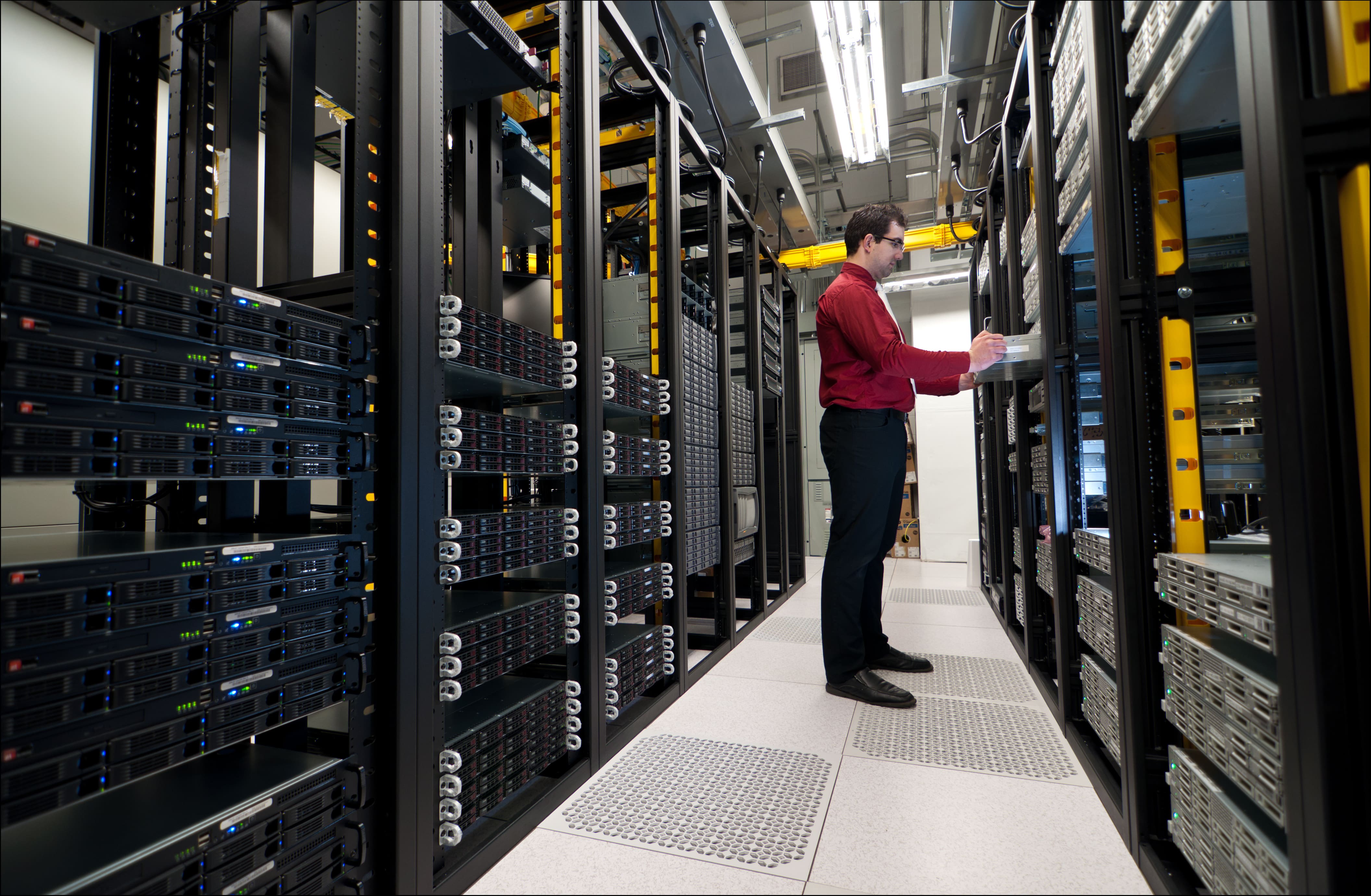If you’re entering the technology field, particularly networking, then you’ve probably heard the terms ‘hub’ and ‘router’ used, and there is a strong chance that you’ve heard these two used interchangeably. This makes it a bit confusing, but at any information technology university, you will quickly learn the difference. Today, we’re going to save you some trouble and point out the differences, giving you a head start before you jump into information technology training.
What is a Router?
The router is tasked with forwarding data packets along the network, and in most cases, it is connected to two networks. This means two LANs (Local Area Network), two WANs (Wide Area Network), and finally, the ISP. A router is located at the gateway where two or more networks intersect, and they use a wide variety of protocols to communicate with one another. Routers are sold by many different tops of line, and brand name companies including Netgear, D-Link, and even Cisco. In addition to that, there are several different grades of a router, some of which are better suited for the home, and others that are best suited for large buildings or institutions with hundreds or even thousands of users.
What is a Network Switch?
In a network, a switch is a piece of hardware that operates at the data link layer, and occasionally, at the network layer. LANs often use switches to join segments, and these are referred to as switched LANs.
What is a Network Hub?
 In the case of a hub, you simply have a common connection point for devices on your network. To put it in less technical terms: it’s a dumb piece of equipment, meaning it doesn’t have the same forwarding capabilities as a router. When a packet arrives at a port, it is copied to other ports, ensuring the entire LAN can see the packets in question.
In the case of a hub, you simply have a common connection point for devices on your network. To put it in less technical terms: it’s a dumb piece of equipment, meaning it doesn’t have the same forwarding capabilities as a router. When a packet arrives at a port, it is copied to other ports, ensuring the entire LAN can see the packets in question.
Something important for aspiring technicians to understand today is that many routers are now multi-purpose and combine a myriad of different features. It is not uncommon to see a router that integrates the functionality of a router and a switch/hub into a single unit, though port availability (physical ports) will always be called into question. As a result of this technological development, we are seeing a blurring of the lines between routers and switches, which can make things extremely confusing. As you move through your information technology training, you will begin to learn more about the differences between said technologies as well as the similarities.
As you can see, there is a lot to learn, and these are network components that would be considered very important, without a doubt. These technologies are constantly developing, making it more important than ever for you to get the right education if you are planning to enter the field of information technology. Even more importantly, however, you need to make sure that you obtain education from an accredited institution that can offer you a degree along with the financial aid options you may or may not need to really get started.
Are you ready to learn more? Are you ready to leave your old life behind and jump into the world of information technology? The example we’ve given you today is just a small piece of information in a massive pool of facts that you need to know to do your new job effectively. Call us today for more information and to get your brand-new career started.
For more information about graduation rates, the median debt of students who completed the program, and other important information, please visit our website: https://iticollege.edu/disclosures/




